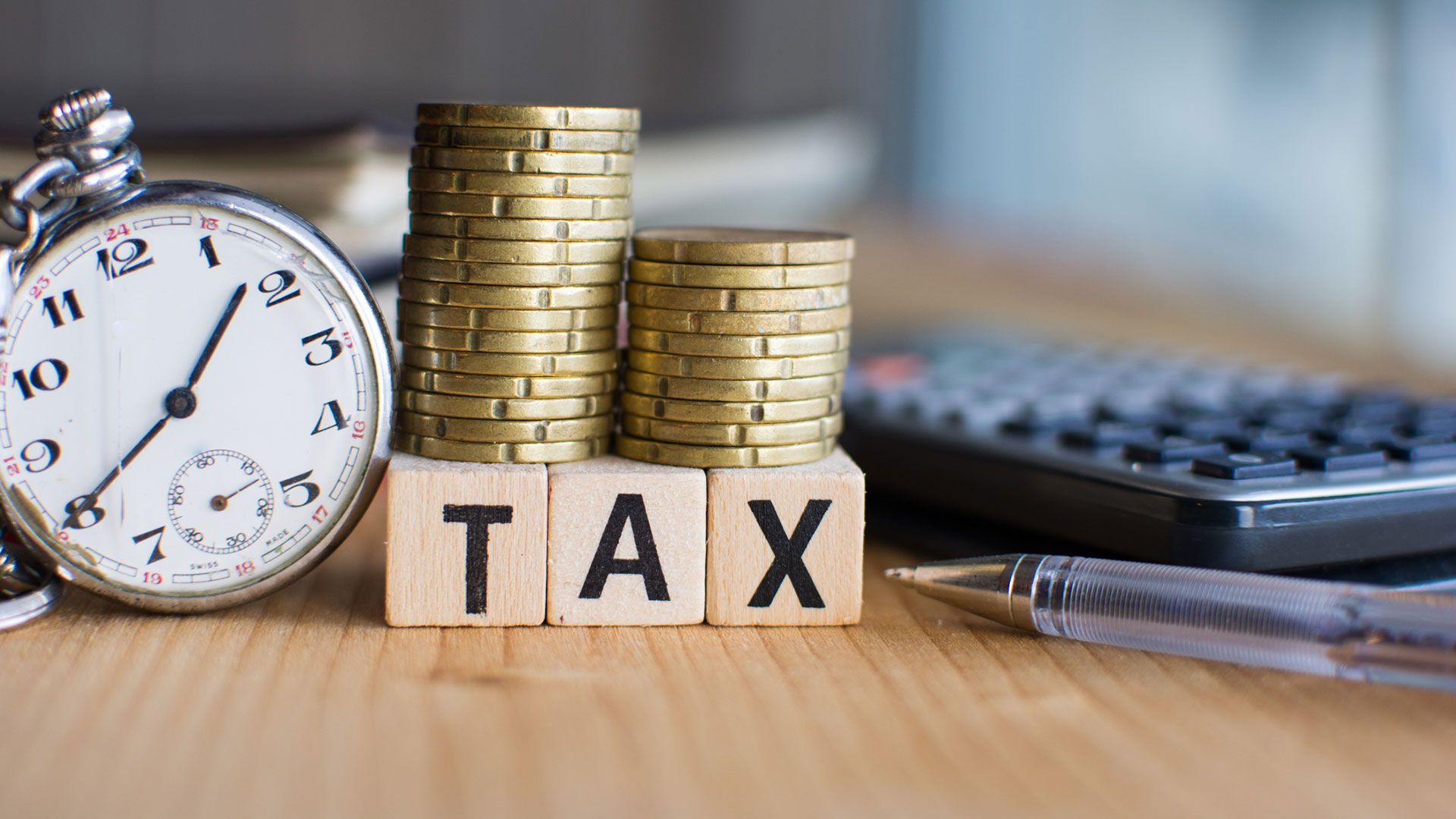If the purchase price of immovable property is Rs 50 lakhs or more, the purchaser must deduct tax at the time of payment to the seller. While a buyer must pay several taxes when purchasing a home, the seller must also pay taxes. Aside from capital gains tax, the seller must also pay TDS On Purchase Of Property.
Surprisingly, under current laws, it is the buyer’s responsibility to deduct this TDS amount and submit it to the government, not the seller’s. If they fail to perform this duty, they will be subject to a penalty. In fact, if the buyer fails to deduct the required TDS and submit it to the authorities, penal action may be taken against the buyer for the error.
To combat the widespread use of unaccounted money in immovable property transactions, the Indian government has enacted legislation requiring the purchaser of a property to deduct tax at source when paying the seller for his property.
TDS on property purchase
Properties that are covered
“Any person, being a transferee, responsible for paying to a resident transferor any sum by way of consideration, for the transfer of any immovable property (other than agricultural land), shall, at the time of credit of such sum to the account of the transferor or at the time of payment of such sum in cash or by issue of a cheque or draft or by any other mode, whichever is earlier, deduct an amount equal to 1% of such sum as income tax thereon,” reads Section 194IA of the Income Tax Act.
This section requires a buyer to deduct tax at the rate of 1% of the sale consideration if the value of the transaction is Rs 50 lakhs or more. This section covers residential property, commercial property, as well as land. However, this provision does not apply to transactions involving the purchase of agricultural land.
The government also deducts capital gains tax from NRIs in addition to TDS when properties are sold by NRIs. As a result, the TDS rate is much higher in such cases.
When to deduct the TDS and how to pay it
The TDS must be deducted by the purchaser of the property, either at the time of executing the conveyance deed or at the time of payment of advance, if any advance is paid prior to the execution of the conveyance deed. The buyer must deposit the TDS amount to the central government’s credit within 30 days of the end of the month in which the tax is deducted. You must fill out Form-cum-challan No 26QB to pay the TDS and provide other information. If there are multiple buyers and/or sellers for a property, you must complete a separate Form 26QB for each set of buyers and sellers. Each Form 26QB must include the contact information for all buyers and sellers.
Details required for payment of the TDS
A buyer is required to deduct TDS and pay it to the central government. You can find detailed instructions for filling out the form and paying the tax at the following website link: http://www.incometaxindia.gov.in/Pages/tds-sale-of-immovable-property.aspx
In general, anyone who is responsible for deducting TDS must obtain a TAN (tax deduction account number). The buyer is exempt from obtaining the TAN in the case of TDS on immovable property. In Form 26QB, you must provide information such as the seller’s name, address, PAN, mobile number, and email address, as well as the buyer’s name, address, PAN, mobile number, and email address. You must also provide the full address of the property, as well as the date of agreement, total value of consideration, date of payment, and so on.
The buyer must ensure that the seller’s PAN is correct. Unless the seller supplies the PAN card information in Form 26QB, credit will be granted for taxes deducted by the buyer. You can pay TDS online or offline by presenting the physical challan to an authorized bank. The bank will then update the information on the income tax department’s website. Once the TDS On Purchase Of Property has cleared, the buyer must obtain the TDS certificate in Form No. 16B from the Income Tax Department’s website and provide it to the seller within 15 days.
ALSO READ: BBMP property tax: How to pay property tax in Bengaluru
Lower deduction or nil deduction of TDS
Some TDS provisions require the payee to approach the income tax officer for issuance of a certificate, allowing the payer to deduct tax at a lower or nil rate, or in some cases, the payee can simply furnish a declaration for nil TDS.
However, there is no such provision for TDS on immovable property. Each buyer and seller must deduct tax at source if the consideration exceeds Rs 50 lakhs.
Consequences of non-payment of TDS
In accordance with the law, the buyer must deduct and remit the relevant TDS. Buyers may use their PAN details in the documents because a TAN is unnecessary in their case. Defaulters may face fines and imprisonment for up to seven years. Though the seller may have to pay, the buyer will suffer a penalty.
Key things to remember about TDS
- On property worth more than Rs 50 lakhs, buyers must deduct and pay TDS to the government.
- The buyers, not the sellers, are responsible for deducting and submitting TDS. Any misuse of the purchase will result in the buyer’s prosecution. To credit the TDS, buyers must complete Form 26QB. If there are multiple buyers or sellers in the transaction, there has to be a separate form for each party.

